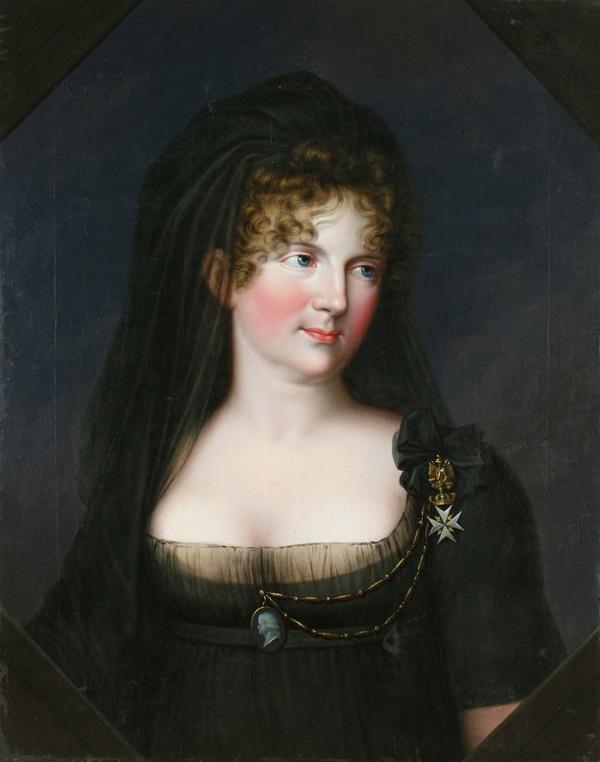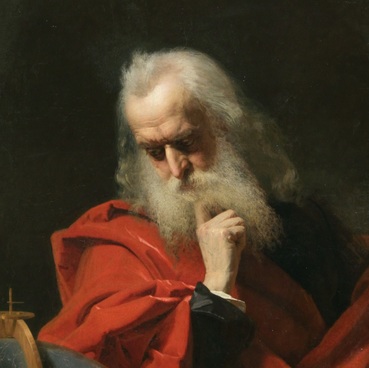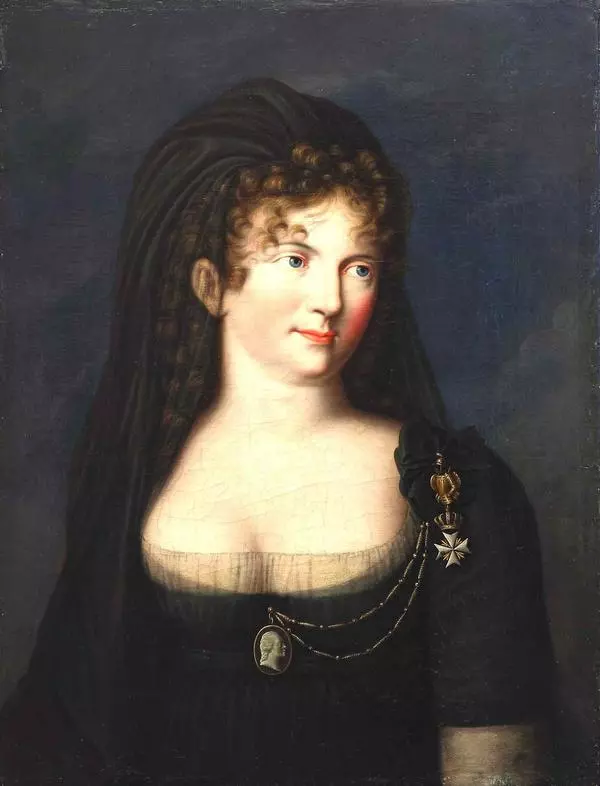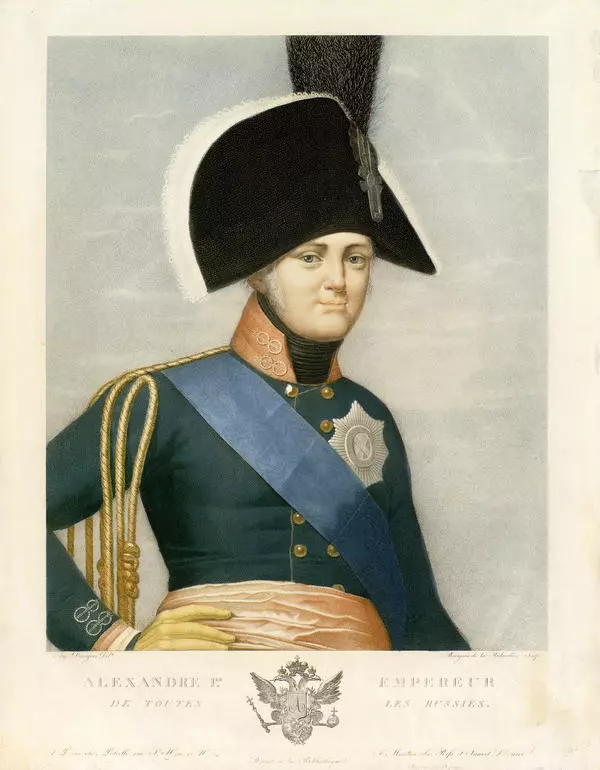German painter Gerhard von Kügelgen was known for portraits and historical paintings. Together with his twin brother Karl, a landscape painter, he lived in Russia for several years and was the court painter of Paul I. The talented German artist painted the members of the Russian Imperial House and representatives of the higher society of Saint Petersburg. His work is part of different collections in the Hermitage, Russian Museum, Tretyakov Gallery, provincial museums, and private collections.
Portrait of Empress Maria Feodorovna in mourning
Время создания
1801
Размер
68,5x54 cm
68,5x54 cm
68,5x54 cm
Техника
oil on canvas
Коллекция
2
Открыть в приложении#4
Gerhard von Kügelgen
Portrait of Empress Maria Feodorovna in mourning
#2
In 1927, the half-length portrait of Empress Maria Feodorovna was transferred to the Omsk Museum collection from the Leningrad Museum Collection. The work was finished in 1801, after a palace coup led to the tragic death of Paul I. Thus, Maria Feodorovna is depicted in mourning. The predominance of dark shades and a contrasting black-and-white emphasize the drama of the widowed empress. Nevertheless, there is a half-smile on her face, which was an obligatory element for ceremonial portraits of that time.
On the left shoulder of the empress is the first degree Maltese cross, with a black ribbon. Her husband Paul received the title of the Grand Master of the order of St. John of Jerusalem. He made the Maltese cross the highest distinction order for civil and military merits. The successor of Paul I, Alexander I, removed the Maltese cross from the State Emblem, resigned as Grand Master title, and ordered to terminate the award.
Another element of the portrait is a cameo with a profile of Paul I, which was probably made by the empress herself. Maria Feodorovna had some artistic qualities: she painted, worked on sculpture, glyptography, and stone carving. She took lessons from the famous medalist Karl Leberecht. She created a number of delicate miniatures and cameos, and made portraits of her children, husband, and empress Catherine II.
Maria Feodorovna contributed to the female education in Russia. She patronized the Society of noble ladies and orphanages in St. Petersburg and Moscow, where she carried out extensive reforms. She organized an orphan school, which later became known as the Mariinsky Institute. During the reign of her sons Alexander I and Nicholas I, Maria Feodorovna continued to lead the women’s schools and helped the founding of institutes in Kharkov, Simbirsk, Poltava, Odessa, and other towns.
#5
The M.A. Vrubel Omsk Regional Museum of Fine Arts
читать дальшескрыть
00:00
00:00
1x
Portrait of Empress Maria Feodorovna in mourning
Время создания
1801
Размер
68,5x54 cm
68,5x54 cm
68,5x54 cm
Техника
oil on canvas
Коллекция
2
Открыть в приложении
Поделиться





